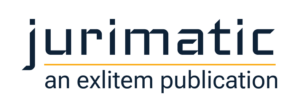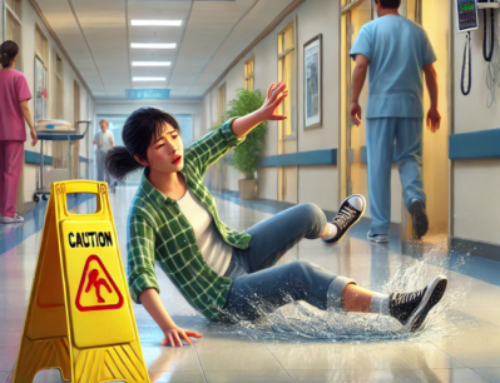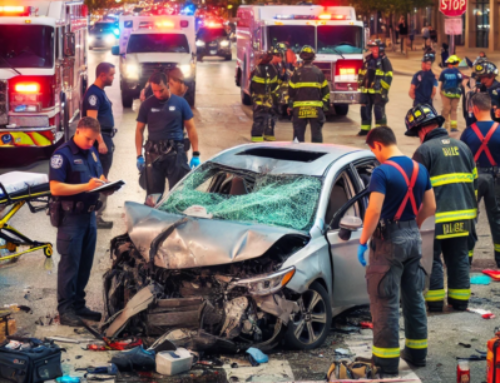Prakaido Hoets vs. Ferris Avenue Holdings, LLC
Case Background
The Attic Collapse lawsuit was filed on July 14, 2020, by Plaintiff Prakaido Hoets in the Connecticut Superior Court, Bridgeport Division (Case No. FBT-CV19-6088543-S). Judges John Riley and Mark Gould presided over the case.
Cause
On October 9, 2017, Prakaido Hoets was lawfully present in the attic area of 37 Ferris Avenue, Apartment 10, in Norwalk, Connecticut. Ferris Avenue Holdings, LLC, a domestic corporation authorized to do business in Connecticut, owned, controlled, and maintained this property, with a business address at 5 Dry River Court, Redding, Connecticut. While Hoets was carrying items for storage in the attic, the floor suddenly collapsed beneath her. This structural failure caused her foot and leg to fall into the room below, resulting in multiple injuries. The incident allegedly occurred because Ferris Avenue Holdings, LLC, its agents, and employees failed to properly maintain the premises and ensure the safety of lawful occupants.
Injuries
As a direct result of the fall, Hoets suffered numerous injuries, many of which were permanent. These injuries included a keloid scar, right leg nerve impingement, a right leg contusion with associated pain, and an L5-S1 disc herniation. She also developed femoral nerve neuropathy and calcified hematomas. Hoets experienced widespread pain, including in her back, foot, calf, knee, leg, and ankle. The accident led to other symptoms and complications such as nausea, leg weakness, an irregular gait, swelling in her leg and foot, paresthesia, bruising, and tenderness. Notably, the incident worsened her pre-existing sciatica pain and back condition. Hoets also suffered from sleep disruption, limited range of motion, and radicular pain. She experienced scarring along the anterior portion of the femur and vastus medialis. Additionally, she endured discomfort at injection and incision sites due to medical treatments related to the accident.
Damages
The accident led Hoets to incur significant medical expenses, including hospital services, various treatments, medications, diagnostic tests, and ongoing therapy. The complaint suggested that she might face additional medical costs in the future, highlighting the long-term nature of her injuries. Beyond these medical expenses, the injuries significantly impaired Hoets’ ability to enjoy her usual life activities, representing substantial non-economic damage. She also experienced physical and mental pain and suffering as a result of the incident.
Key Arguments and Proceedings
Legal representation
- Plaintiff(s): Prakaido Hoets
- Counsel for Plaintiff: Nathan C. Nasser, Esq.
- Experts for Plaintiff(s): Silvia Knoploch, MD | John F. Hogan | Cynthia Bourbeau, RN, CRRN, CCM, CNLCP | Estelle R. Hutchinson, an MS, MBA, CRC | Gary Crakes, PhD | Steven D. Feinberg, M.D.
- Defendant(s): Ferris Avenue Holdings, LLC
- Counsel for Defendants: Anthony J. Saraco
- Experts for Defendant(s): Carl Cianci | Dr. James Yue | Dr. Wilfred L. Hynes
Claims
Hoets’ complaint alleged multiple grounds of negligence against Ferris Avenue Holdings, LLC. The company was accused of failing to properly maintain and reasonably inspect the premises, allowing a dangerous condition to persist for an unreasonable period. The plaintiff asserted that the defendant knew or should have known about the hazardous condition and failed to remedy it. Additionally, Hoets claimed that the company failed to warn her about the dangerous condition and did not erect barriers to prevent lawful occupants from using the hazardous area.
A key claim in the complaint was the alleged violation of Connecticut Building Code 1106.1.1, which requires attics to hold a live load of at least 20 pounds per square foot. This specific allegation ties the defendant’s negligence to a breach of established safety standards. Hoets also claimed that the company failed to provide a safe and secure walking surface in the attic, in violation of the Building Code, and did not properly secure the boards provided on the walking surface.
The complaint further alleged that Ferris Avenue Holdings, LLC failed to adequately train and instruct their agents and employees in basic policies and procedures to ensure the safety and health of visitors. This claim suggests a systemic failure in the company’s approach to property management and safety. Lastly, Hoets asserted that the defendant failed to properly monitor and supervise the area in question, indicating a broader neglect of their duty of care as property owners and managers.
Defense
The defendant admitted to owning the property at 37 Ferris Avenue in Norwalk, Connecticut, but denied many of the plaintiff’s allegations. Specifically, they rejected the claim that the attic floor collapsed, causing the plaintiff’s fall. They also denied any negligence or carelessness on their part or that of their agents or employees.
In their special defense, Ferris Avenue Holdings argued that any injuries or damages sustained by the plaintiff were caused wholly or in part by her own carelessness and negligence. They claimed that Hoets stepped in an area of the attic not designed for walking or bearing weight. The defendant asserted that Hoets stepped on sheetrock separating the attic from the room below, rather than on the attic joists. They maintained that she failed to keep a proper lookout, didn’t exercise reasonable care for her own safety, and ignored areas of the attic specifically designed for walking.
Furthermore, the defense contended that Hoets should have known not to step in an area unsuitable for bearing a person’s weight. They argued that she failed to be watchful of her surroundings and chose to step on the sheetrock despite the availability of safer alternatives. Lastly, they claimed that Hoets neglected to take an alternate route while walking in the attic, even though one was present and available. Through these arguments, Ferris Avenue Holdings aimed to shift responsibility for the incident onto the plaintiff, asserting that her actions, rather than any negligence on their part, led to her injuries.
Expert Testimony
The plaintiff’s experts supported their case by focusing on medical, building code, and long-term care aspects. Dr. Silvia Knoploch testified about the plaintiff’s injuries and treatment, while John F. Hogan addressed the defendant’s alleged negligence in meeting building code standards. Cynthia Bourbeau provided a life care plan and medical cost projections. Additional experts, including Estelle Hutchinson, Gary Crakes, and Dr. Steven Feinberg, further strengthened the plaintiff’s case by evaluating vocational impacts, economic losses, and future medical costs resulting from the incident.
The defendant’s experts countered the plaintiff’s claims by addressing the condition of the attic and the plaintiff’s medical issues. Carl Cianci, a professional engineer, testified that the attic at 37 Ferris Avenue, Unit 10, met State building codes and was not dangerous. Dr. James Yue, an orthopedic specialist, and Dr. Wilfred L. Hynes, a pain management expert, both challenged the plaintiff’s claims about her injuries and the treatment she received, emphasizing pre-existing conditions and unrelated symptoms.
Jury Verdict
On August 2, 2024, the jury found in favor of the defendant and against the plaintiff.
Court Documents:







Leave A Comment